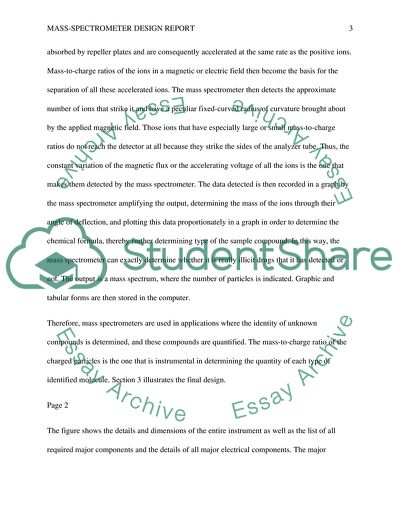Cite this document
(Mass-Spectrometer Design Report Example | Topics and Well Written Essays - 2750 words, n.d.)
Mass-Spectrometer Design Report Example | Topics and Well Written Essays - 2750 words. https://studentshare.org/chemistry/1871053-mass-spectrometer
Mass-Spectrometer Design Report Example | Topics and Well Written Essays - 2750 words. https://studentshare.org/chemistry/1871053-mass-spectrometer
(Mass-Spectrometer Design Report Example | Topics and Well Written Essays - 2750 Words)
Mass-Spectrometer Design Report Example | Topics and Well Written Essays - 2750 Words. https://studentshare.org/chemistry/1871053-mass-spectrometer.
Mass-Spectrometer Design Report Example | Topics and Well Written Essays - 2750 Words. https://studentshare.org/chemistry/1871053-mass-spectrometer.
“Mass-Spectrometer Design Report Example | Topics and Well Written Essays - 2750 Words”. https://studentshare.org/chemistry/1871053-mass-spectrometer.


